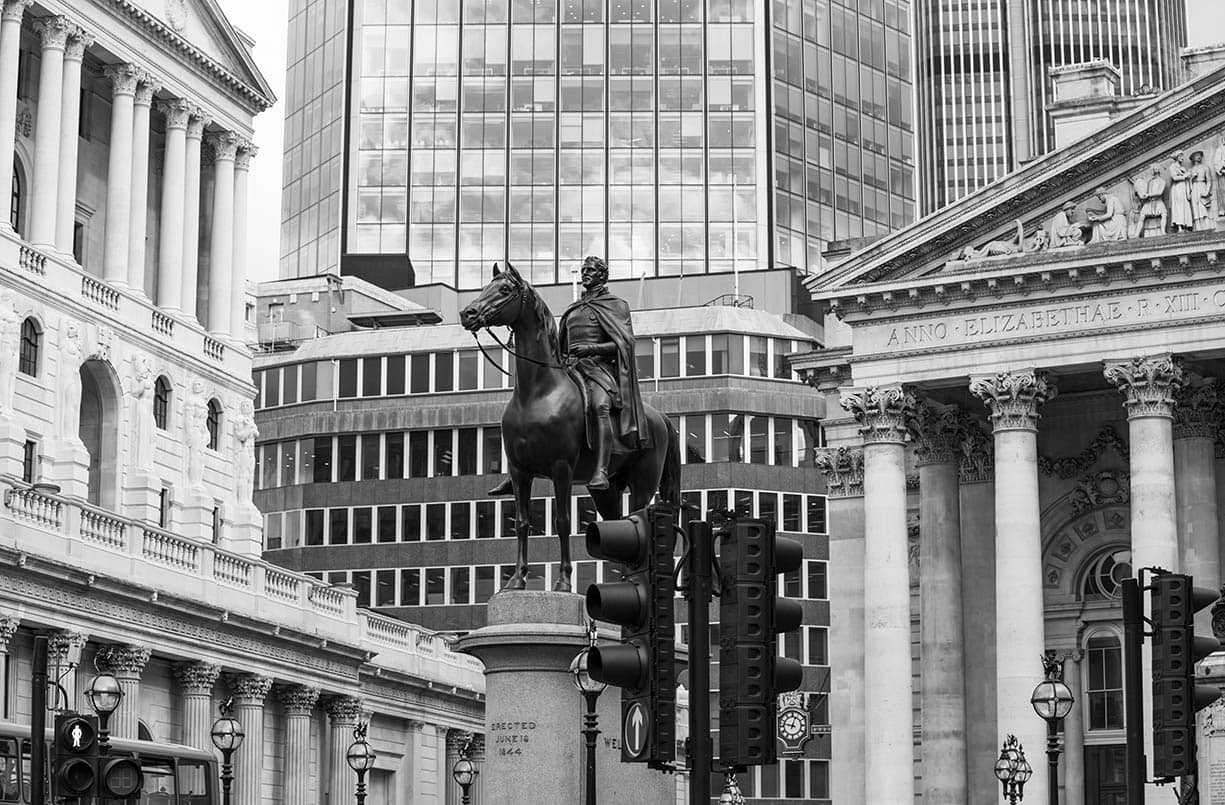"Significant Self Induced Volatility in Both Interest Rates and Sterling": Netwealth's Lyons
- Written by: Gary Howes
-

Image © Adobe Stock
The UK is witnessing significant volatility in both interest rates and the Pound following what has been branded poor communication from the Bank of England by some economists, relating to how it intends to exit its crisis-era settings.
Economist Gerard Lyons at Netwealth says a decision by the Bank of England on Thursday to keep interest rates unchanged reflects "appalling signalling by the Governor".
"His comments and by not correcting how the market or the media interpreted them led to hawkish expectations ahead of this meeting that was not merited by the recent data," says Lyons.
The Bank of England surprised markets by forgoing an interest rate hike at its November meeting, with only two members of the Monetary Policy Committee voting to raise rates.
Not even Governor Andrew Bailey, who had been at the vanguard of preparing markets for rate hikes, lent his vote to the cause.
The Pound fell sharply in the wake of the call, alongside yields on UK government bonds.
The market had priced with certainty a November rate hike as late as October, with money market pricing showing December as a dead certainty if a November hike was narrowly avoided.
But the market is now undecided as to whether the Bank will hike in December or February: either way, judging by the reaction, confidence in the Bank's communication strategy is dented.
- Reference rates at publication:
Pound to Euro: 1.1683 \ Pound to Dollar: 1.3509 - High street bank rates (indicative): 1.1456 \ 1.3230
- Payment specialist rates (indicative: 1.1625 \ 1.3440
- Find out about specialist rates, here
- Or, set up an exchange rate alert, here
Lyons maintains a view there needs to be a clearer exit strategy from "lax monetary policy" and Bailey and his team should learn from the Federal Reserve to be "on top of the data, to guide market expectations and to exit via tapering and not hiking rates".
"QE should have ended some time ago," he says. "Interest rates are too low, at emergency levels. They need to be higher."
Adding to the Bank's balance sheet via quantitative easing is scheduled to end in December and the Bank will maintain the size of assets purchased under the programme by reinvesting expiring bonds, intending to do so until interest rates rise in the future.
But the Bank of England might have lead itself into a sequencing trap when it set out in the summer an exit plan from quantitative easing: when the Bank Rate reached 0.5% it intends to stop reinvesting maturing bonds.
This would shrink the balance sheet slowly, but this nevertheless represents a tightening of monetary conditions.
When the Bank Rate reaches 1.0% the Bank intends to actively sell assets it holds, accelerating that tightening.
"The economy does not need an ending & reversal of QE plus higher rates at the same time. QE should have ended some time ago and be reversed. The Bank’s signalling, timing and sequencing is all wrong," says Lyons.
Lyons says the UK is now as a result witnessing significant self induced volatility in both interest rates and sterling exchange rates and uncertainty about the likely exit strategy.
